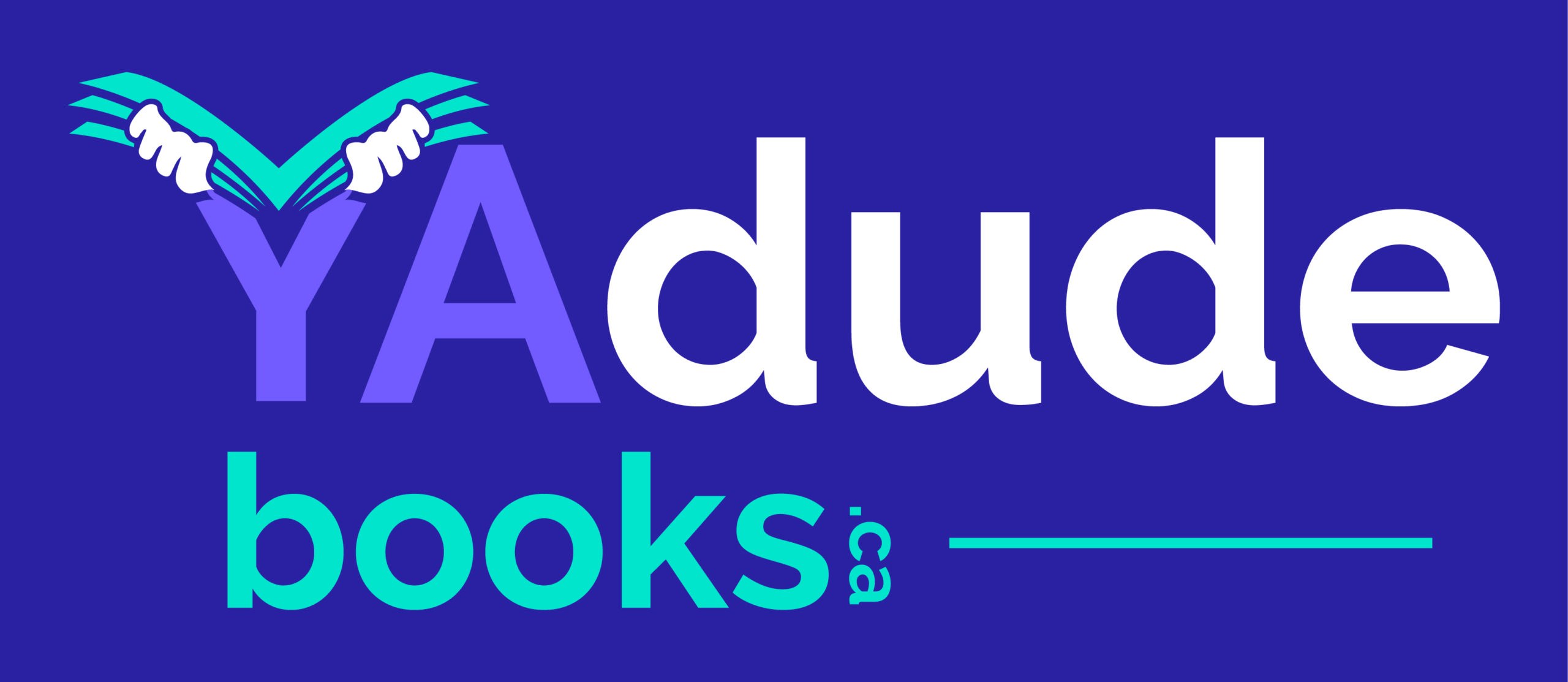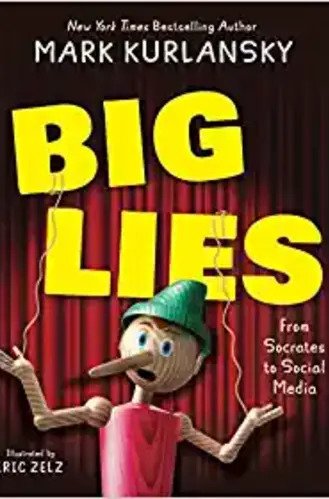In his new book for young readers, Mark Kurlansky has written for the next stewards of our world. It is not only a history but a how-to manual for seeing through big lies and thinking critically.</em>
Big lies are told by governments, politicians and corporations to avoid responsibility, cast blame on the innocent, win elections, disguise intent, create chaos and gain power and wealth. Big lies are as old as civilization. They corrupt public understanding and discourse, turn science upside down and reinvent history. They prevent humanity from addressing critical challenges. They perpetuate injustices. They destabilize the world.
Big Lies soars across history, alighting on the “noble lies” of Socrates and Plato, Nero blaming Christians for the burning of Rome, the great injustices of the Middle Ages, the big lies of Stalin and Hitler and their terrible consequences, and the reckless lies of contemporary demagogues, which are amplified through social media. Lies against women and Jews are two examples in the long history of “othering” the vulnerable for personal gain. Nor does America escape Kurlansky’s equal-opportunity spotlight.
The modern age has provided ever-more-effective ways of spreading lies, but it has also given us the scientific method, which is the most effective tool for finding what is true. In the book’s final chapter, Kurlansky reveals ways to deconstruct an allegation. Is there credible, testable evidence to support it? If not, suspect a lie. A scientific theory has to be testable, and so does an allegation. Who is the source? Who benefits? Is there a money trail? Especially in the age of social media, critical thinking counters lies and chaos. </p>
The purpose of the book is clear from the very start, and that is to debunk famous “lies” over the course of history. It also raises awareness of the ongoing spread of fake news, especially in social media, offering hope to young adult readers.
However, some “lies” vaguely discredited in the material constitute gossip more than lies to me — a conspiracy theories with no clear and credible source. For instance, the Titanic story: “One such theory is that the accident was no accident at all, but a deliberate insurance fraud. Another already-damaged ship, the Olympic, was deliberately sunk in the Titanic’s place for the insurance money.” I’m uneasy with comparing these to politicians’ claims that COVID vaccines are ineffective, or climate change is a hoax (something that can be proven as a deliberate lie). Having found a lot of information like this, I couldn’t help myself asking if I was reading a list of hearsay or tales rather than actual provable lies.
It is still an interesting read; there is a lot of new information to absorb. I give credit to the authors for well-researched material, but think the book’s message and intention (aside from fake news awareness) was not executed properly.
Kevin Velayo


